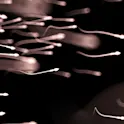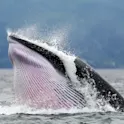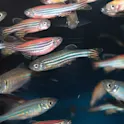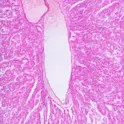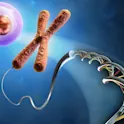Key to life found at the centre of our galaxy and bee ‘waggle dances’: Most viewed articles of July 2022
By Colm Gorey, Frontiers science communications manager Image: Shutterstock.com Each month, Frontiers shines a spotlight on some of the leading research across a wide range of topics. Here are just some of the highlights that resonated strongly with readers on our news site in the month of July. Building blocks for RNA-based life abound at center of our galaxy Nitriles, a class of organic molecules with a cyano group, that is, a carbon atom bound with an unsaturated triple bond to a nitrogen atom, are typically toxic. But paradoxically, they are also a key precursor for molecules essential for life, such as ribonucleotides, composed of the nucleobases or ‘letters’ A, U, C, and G, joined to a ribose and phosphate group, which together make up RNA. Now, a team of researchers from Spain, Japan, Chile, Italy, and the US show in Frontiers in Astronomy and Space Sciences that a wide range of nitriles occurs in interstellar space within the molecular cloud G+0.693-0.027, near the center of the Milky Way. Article link: https://www.frontiersin.org/articles/10.3389/fspas.2022.876870/full 2. Bees’ ‘waggle dance’ may revolutionize how robots talk to each other in disaster zones Where are those flowers and how far away are they? This is the […]


